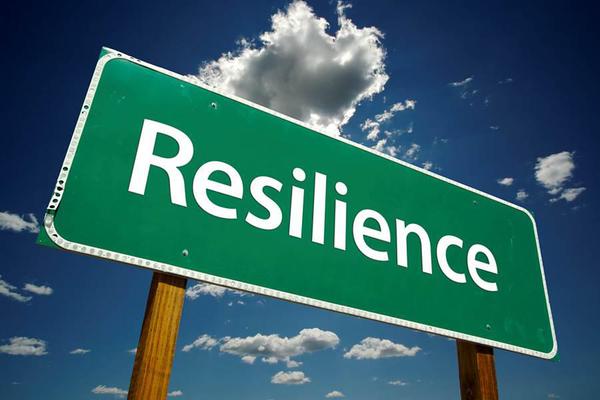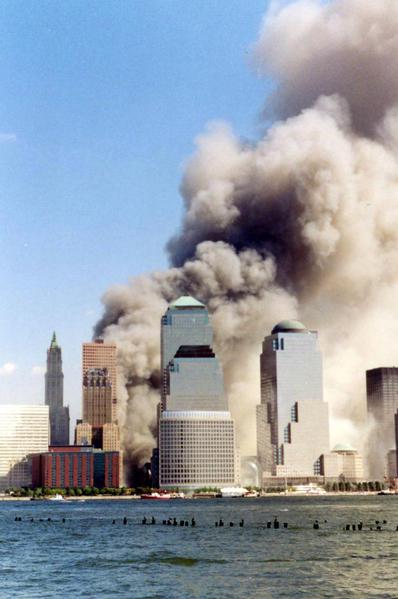 Fifteen years ago I didn’t think about resilience at all.
Fifteen years ago I didn’t think about resilience at all.
I was fresh out of graduate school and looking for a job. I was hired as a disabilities and mental health coordinator for a Head Start program that, at the time, was located in the 501st ranked school district out of 502 Districts in Pennsylvania.
With no children of my own, my experience before Head Start was working in a bright, shiny preschool as a volunteer substitute teacher, or, playing with my own bright and shiny nieces and nephews.
Risk factors weren’t something I thought about at that time.
Within a short time of working with children in this particular Head Start, I soon felt overwhelmed by the risk factors many of the children faced on a daily basis – poor nutrition, substandard housing, violence in the neighborhood and family, few brain building experiences, and most heartbreaking, lack of love and affection from the adults in their lives. Most days, I came home feeling helpless. I didn’t know what could I could do for these children and families… I didn’t know how I could make a difference for even one of them.
Then, one Sunday morning while reading the newspaper, I stumbled across a job opening for a behavioral consultant with the Devereux Early Childhood Initiative. This was in 1999, and little did I know at the time, but DECI was only 2 years old and just getting off the ground as a preventative initiative aimed at curbing challenging behaviors and promoting social and emotional health and resilience.
Resilience was a concept I had accommodated, but not yet assimilated (as my favorite graduate school professor would say). I could talk the talk, but hadn’t yet walked the walk. I was eager to learn more, and happily accepted the position with DECI.
It took very little time working for DECI before I realized what it was that could make a difference for the children I had worked with at Head Start. I learned about protective factors, and how they helped buffer risk and promote resilience in children.
The biggest aha moment for me wasn’t that we could find ways to “gift” these children with protective factors, but that they likely already had them. We just needed to find those strengths and celebrate them. And when those strengths were lacking, we could find very concrete ways to promote healthier skills related to initiative, self-regulation, and attachment/relationships.
This concept of resilience was starting to feel real for me, but it wasn’t until Sept 11, 2001, that I finally understood and actually assimilated resilience.
I was travelling for DECI, doing a one-week long training on resilience in Spokane, WA. On Tuesday, the second day of the training, my phone rang at 6 am West Coast time; it was my boss, Linda. She told me to turn on the TV and stay on the phone with her. She talked to me as we both cried and tried to make sense of what was happening in our nation, and also, how I might manage 3,000 miles from home at the ripe age of 25.
We decided I needed to get myself to the training that day and take the pulse of the group. We were a weepy, edgy, scared bunch that day, and some folks opted to head home for the rest of the day and eventually, the week. But most of us stayed. We decided of all the things we could be doing at the moment, learning how to promote resilience in children and families might just be one of the most important.
We left phones on and stopped every time one rang, letting folks check in with loved ones. We had an open door policy with a television just outside the room in case anyone wanted or needed to check in on the news. We cried a lot. In fact, on the second day came one of my most poignant memories from that time. One of the participants, Ilene, brought in music and played the song “Circle Game” by Joni Mitchell. We all listened in silence, and then one by one, we shared our own feelings and thoughts and fears about what was happening.
To this day, I am brought back to that room when I hear that song. It was that moment I realized I needed to have resilience with me at every moment. You never know when something awful lurks around the corner… you never know when you will need strong protective factors to cope. That week, I relied on newfound friends at the training, family on the West Coast who drove hours to be with me and even took me sailing on the Sound, and finally, myself. I started to recognize and celebrate the protective factors within myself.
It has been 15 years since I started my work with DECI. Protective factors and resilience were, truly, just words before I started my work here. Now I live with the resilience torch held high every day. Every child and family can learn to recognize and celebrate their own protective factors, and work on those areas that need strengthened. Devereux offers many resources like books, surveys, free webinars, and professional development opportunities to help support adult resilience.
I have been able to "build my bounce" through my work with DECI, and wish every one of you resilience and success in your own journey toward healthy and strong protective factors.





Comments (1)